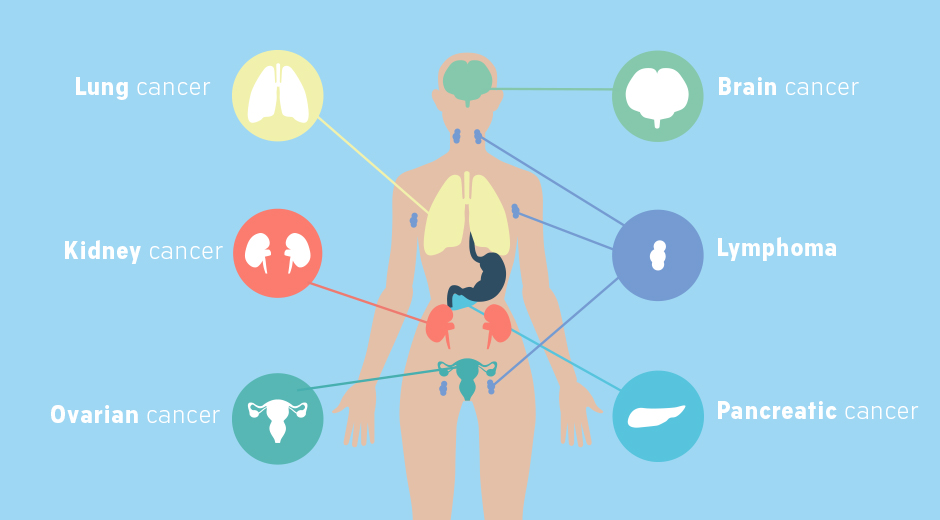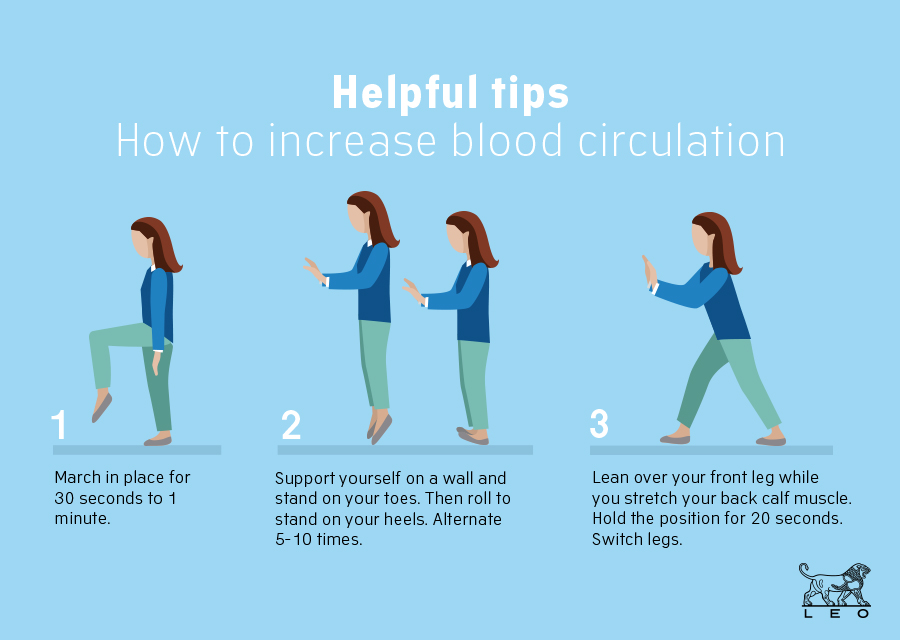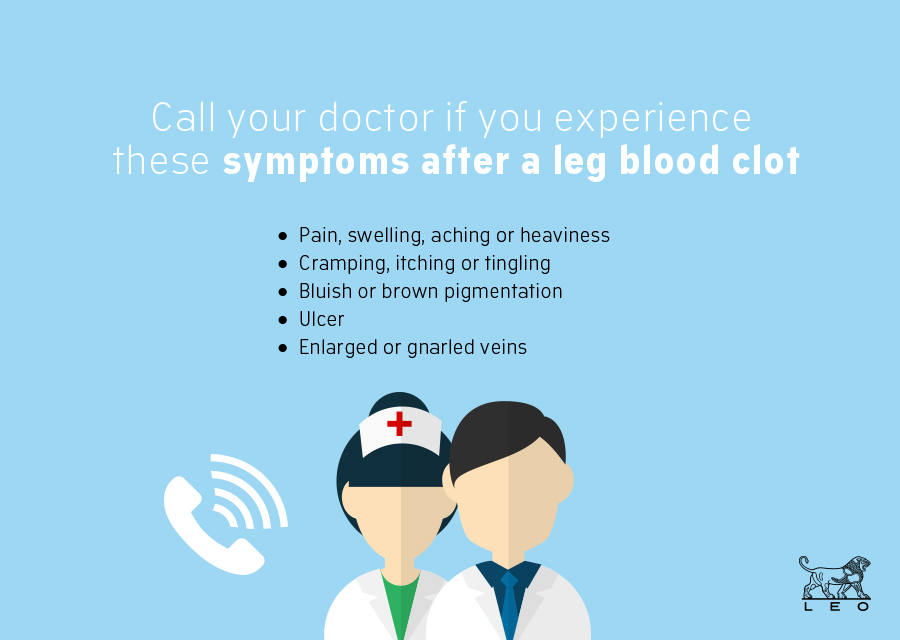Cancer-Associated Thrombosis (CAT)
Venous thromboembolism (VTE) is a common complication in patients with cancer. Emerging data have enhanced the understanding of cancer-associated thrombosis, a major cause of morbidity and mortality and indicates that cancer patients are at four times higher risk than the general population of developing serious blood clots. It's a startling fact; but important to know if you or a loved one is undergoing treatment for cancer.
Important Information:
-
Patients with cancer are at increased risk of venous and arterial thrombosis.
-
The risk of thrombosis is driven and modified by risk factors such as surgery, hospitalisation, infection and genetic coagulation disorders, by cancer-specific factors including type, histology, and stage of the malignancy, cancer treatment and certain biomarkers.
-
A venous thrombotic event in a cancer patient has serious consequences as the risk of recurrent thrombosis, the risk of bleeding during anticoagulation and hospitalisation rates are increased, and survival time is decreased.
While all of the reasons are not known, three main factors impact your likelihood for developing a blood clot such as deep vein thrombosis (DVT): the type of cancer you are diagnosed with, how it is being treated, and your level of physical activity. Certain types of cancer are associated with higher risk of DVT. The reasons are still unclear. They include:

Photo credit: CancerClots
Cancer Treatment
The treatment of VTE in cancer patients aims at reducing mortality and morbidity, and improving quality of life.
While your treatment is vital to fight your cancer, it may also increase your risk of blood clots. Chemotherapy, a type of cancer treatment that uses one or several drugs in combination, and surgery can damage the walls of your blood vessels affecting the way they function. This can also lead to a blood clot. When chemotherapy kills cancer cells, certain substances that can cause clotting are released into the blood stream. Some types of chemotherapy drugs are less likely to promote clotting than others. It’s a good idea to ask your doctor about this so that you can be informed of any risks associated with the treatment you have been prescribed.
Signs and Symptoms
Photo credit: CancerClots
Activity
Staying active while you fight cancer can be very beneficial. It will help you keep blood moving through your veins so that you are less likely to develop a clot in the first place – and you do not need to start an extreme fitness regime to get these benefits. Start by going for a brisk walk or playing with the kids. If you are on bed rest, ask your doctor if it is okay to walk around the house a bit. In any case, it’s good to find small, low-impact ways to keep your legs moving and your blood pumping.
Here are some helpful tips to increase blood circulation. Photo credit: CancerClots

For more information about cancer-associated thrombosis, visit Cancer Clot at http://cancerclot.info.
References
1.Brown A “Preventing VTEV in hospitalized patients with cancer” Am J Health Syst Pharm 2012; 69(6), p. 469-481.
2.Horsted, F., West, J., & Grainge, M. J. "Risk of venous thromboembolism in patients with cancer: a systematic review and meta-analysis" PloS Med 2012; 9(7), e1001275
3.Blann A.D. et al “Arterial and venous thrombosis in cancer patients” Card Res Practice Vol 2011, p. 1-12
4.Reitsma, Pieter H., Henri H. Versteeg, and Saskia Middeldorp. "Mechanistic view of risk factors for venous thromboembolism." Arteriosclerosis, thrombosis, and vascular biology 32.3 (2012): 563-568.
5.Goldhaber S, Fanikos J, “Prevention of Deep Vein Thrombosis and Pulmonary Embolism” Circulation 2004; 110: e445-e447.
1.Brown A “Preventing VTEV in hospitalized patients with cancer” Am J Health Syst Pharm 2012; 69(6), p. 469-481.
2.Horsted, F., West, J., & Grainge, M. J. "Risk of venous thromboembolism in patients with cancer: a systematic review and meta-analysis" PloS Med 2012; 9(7), e1001275
3.Blann A.D. et al “Arterial and venous thrombosis in cancer patients” Card Res Practice Vol 2011, p. 1-12
4.Reitsma, Pieter H., Henri H. Versteeg, and Saskia Middeldorp. "Mechanistic view of risk factors for venous thromboembolism." Arteriosclerosis, thrombosis, and vascular biology 32.3 (2012): 563-568.
5.Goldhaber S, Fanikos J, “Prevention of Deep Vein Thrombosis and Pulmonary Embolism” Circulation 2004; 110: e445-e447.

